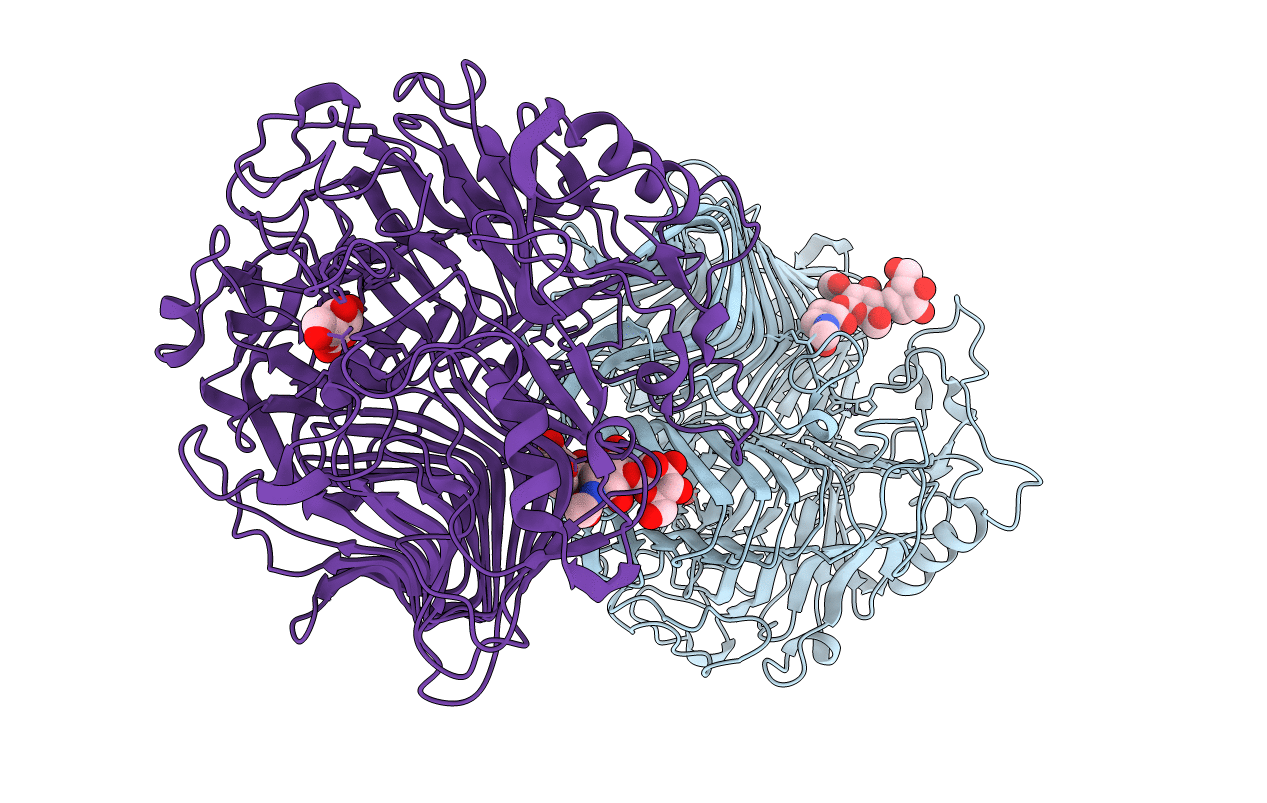
Deposition Date
2008-10-01
Release Date
2009-02-03
Last Version Date
2024-10-16
Entry Detail
PDB ID:
3EQO
Keywords:
Title:
Crystal structure of beta-1,3-glucanase from Phanerochaete chrysosporium (Lam55A) gluconolactone complex
Biological Source:
Source Organism:
Phanerochaete chrysosporium (Taxon ID: 5306)
Host Organism:
Method Details:
Experimental Method:
Resolution:
2.25 Å
R-Value Free:
0.20
R-Value Work:
0.14
R-Value Observed:
0.14
Space Group:
P 1


